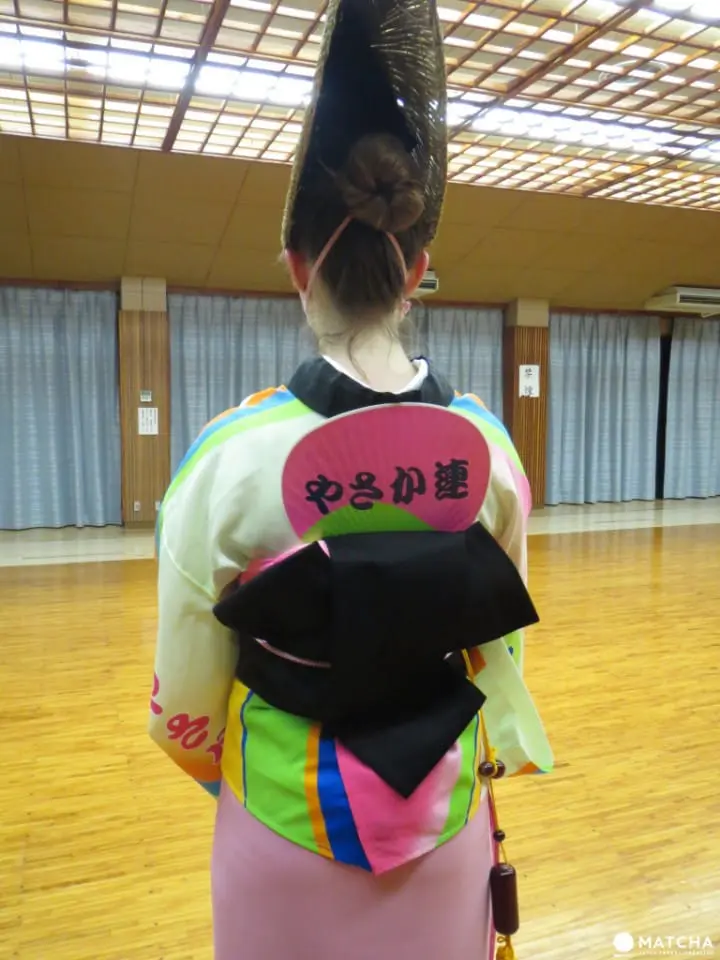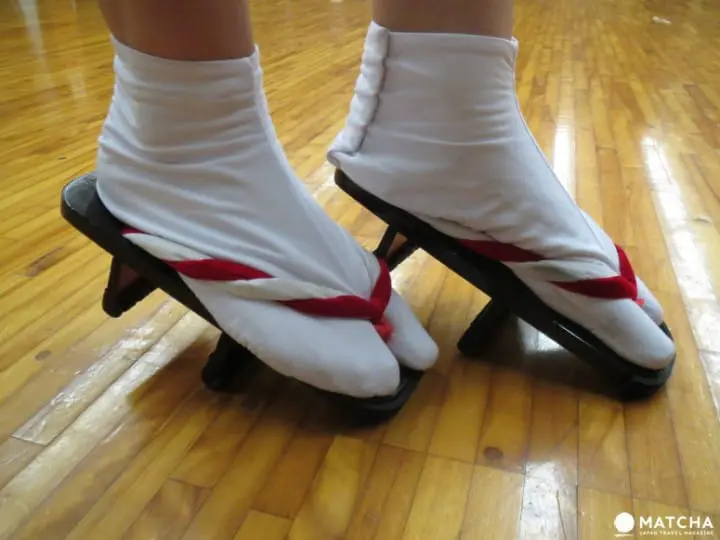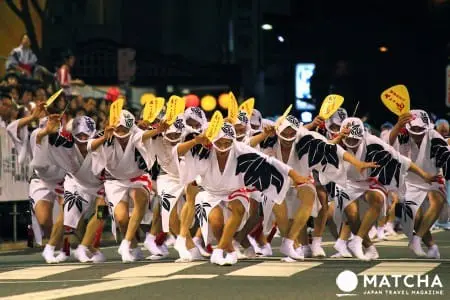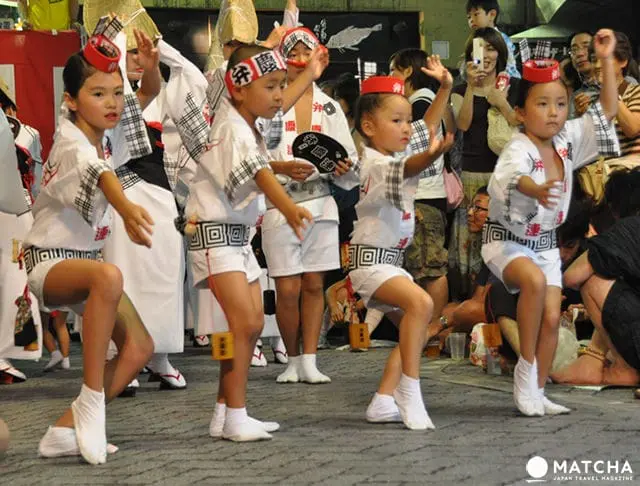Awa Odori Festival In Kawasaki - Dance Your Way Through This Summer!

Japan is famous for its colorful and enriching events and festivals. The Awa-Odori is one of Japan's most beloved summer festivals. In this article, we focus on the Awa-Odori in Kawasaki, Kanagawa prefecture.
For four days every August, from the 12th to the 15th, the sound of drums, flutes and people dancing in the streets fills the air! It’s Awa-Odori time!
Awa-Odori is both a famous folk dance and the name of the largest dance festival in Japan. During this time, hundreds of dancers in bright costumes essentially take over the city streets with their unique, energetic dance. The music and costumes are another of the highlights of the evening along with the fantastic dance moves. Young or old, children and adults all participate in this dance. Everyone has a unique role defined in the dance routine.

The motto of Awa-Odori, translated into English, is “we’re fools for dancing, and you are a fool for watching, so you might as well dance!” And people take that to heart. There are official dance stages where the dancing is organized and orderly, but it is just as common to see groups breaking out into dance in the middle of the streets and pull people in to dance with them. It is an incredible four days and everyone looks forward to this festival every year.
The Origin and History of Awa-Odori
Awa-Odori takes place during the Buddhist observance of O-Bon, a festival when the spirits of the dead are thought to return to their ancestral homes. The origin of Awa-Odori dates back to 400 years ago in Tokushima. 'Awa' is the old name for Tokushima, and 'odori' means dance. It is believed that the departed souls are welcomed back with a performance of Awa-Odori.

Though O-Bon dances are usually performed in a circle, Awa-Odori participants march in a straight line. The dancers are grouped into teams called ren, which are usually made up of several dozen dancers. They march through the streets in unison to music performed on the shamisen, flute, drums, and bells singing "odoru aho ni miru aho; onaji aho nara odoranya son son!" (it's a fool who dances and a fool who watches; if both are fools, you might as well dance!).
Various places other than Tokushima host their own famous Awa-Odori performances all across Japan. While considerably smaller in scale than the performance in Tokushima, they are still quite the spectacle!
The Dance and Costumes for Awa-Odori

Though the dance steps are simple, the ren distinguish themselves with difficult variations and colorful uniforms. Women wear cotton robes called yukata, while men wear happi (shorter yukata over shorts or pants). Like the dance, these standards vary from group to group. Men dance in tabi (split-toed, rubber-soled socks), while women wear geta (sandals), their heels not touching the ground.
One rule you have to observe is to keep your hands and arms above your shoulder while dancing. This is quite unusual, since most dancing styles in Japan emphasize downward motion. Awa-Odori is upward oriented instead.

It is like one massive street party that lasts well into the night and everyone is more than welcome to join in on the fun. The women’s traditional costumes are stunning, especially the striking amigasa (semi-circular hats) which are truly eye-catching as the women move in unison. The yukata, the beautiful obi often containing fans, and geta (wooden sandals) are also part of the show.
This graceful dance is amazingly co-ordinated as participants stretch upwards on tiptoes in formation with the triangular hats forming patterns as they dance down the street.
The Awa-Odori Dance Troupe in Kawasaki

The Awa-Odori of Kawasaki is quite famous. There are two forms of dance performed within Awa-Odori – the men’s dance called otoko-odori and the women’s dance known as onna-odori. Most ren are made up of both types of dancers. Clothing is often branded with the name of the ren.
While onna-odori dancers stand tall and elegantly for their dance, otoko-odori is wilder, and dancers bend their knees and keep their bodies low as they proceed. Each ren has its own musicians who play the tunes for the dances, and there is usually also a dancer carrying a paper lantern with the ren’s name on it at the front of the group.

Some ren have a long history, and members practice all year round in preparation for the festival. Others are less formal, and practice only in the summer months. There are ren formed by community groups and others sponsored by national companies or made up of staff and customers of local businesses.
Various groups dance their way through the streets decorated for the Awa-Odori Festival in the evenings. People gather on the streets to watch the dancers perform in style.

Awa-Odori in Kawasaki - Time and Place
Date: August 12th-15th every year
Place: Kawasaki (30 minutes by train from JR Yokohama Station)
Time: from 18:00 onward
In Conclusion
The Awa-Odori Folk Dance Festival is one of the biggest and most entertaining festivals in Japan. Summers in Japan get more exciting for these four days in the month of August. Come along and join one of the best dance festivals of Japan. You can even shake a leg with the traditional dancers and make this experience a memorable one!
This account is managed by MATCHA. We aim to provide useful information to our readers in an enjoyable manner.































![[Yamanashi/ Hokuto City] 4 Hot New Spots Opening in 2026](https://resources.matcha-jp.com/resize/720x2000/2025/12/12-252747.webp)



